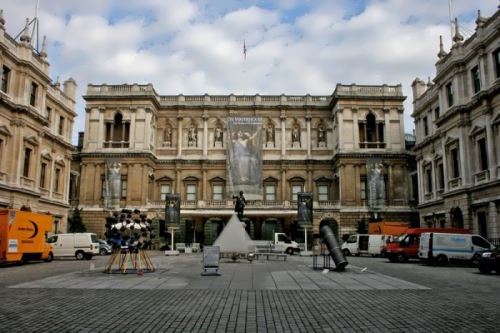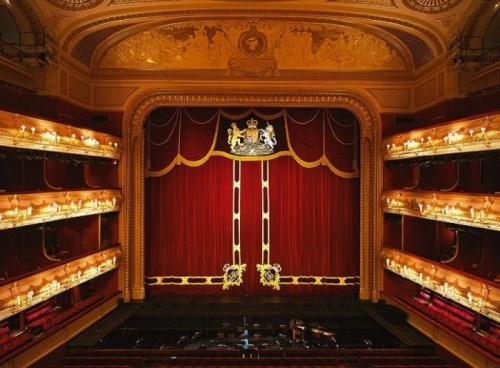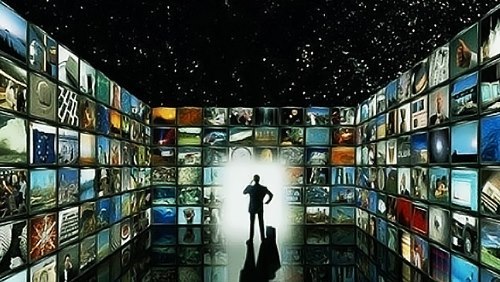The Channel Tunnel
Great Britain is separated from the Continent by English Channel.
On May, 6, 1994 the Channel tunnel between Calais and Folkstone was opened by Queen Elizabeth II of Britain and President Mitteran of France. They were the first to travel under the sea.
That was the biggest project in which Britain took part. The process of the construction was very difficult and not always a successful one. The price of construction was very high (? 9 billion), several people were killed during the construction, and the start of service was several times postponed.
More »






